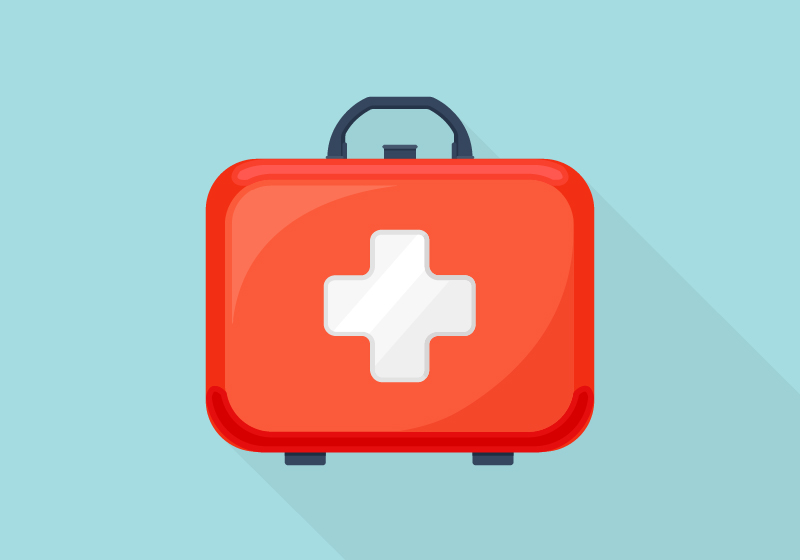By Jon McCreath, NPI, Inc.’s Technical Supervisor & Training Administrator
While on the job as an inspector, you’ll have lots of different tools with you. Each one has its own purpose so you can do an effective job for your client. Some of them are also designed to keep you safe. Before you head out for work, make sure you’re keeping yourself protected.
Lowering Risk
Inspecting a property can be a riskier business than most people think. Heights, air pollutants, and even animals mean you have to be alert at all times on the jobsite. The equipment that you use will help lower your chances of a risky situation ending poorly. One tool that you should incorporate in your practice is a first-aid kit. If you ever get injured while working, you should tend to it as quickly as possible. (Of course for more severe injuries, calling for medical assistance is the best route.)
Don’t Be Overconfident
If you consider yourself lucky and haven’t ever been injured while working, don’t let your ego make you careless. You may not think you need to carry a first-aid kit with you, but anything can happen. Close to 3 million workplace injuries happen each year. The majority of those fall into the construction or maintenance categories. With climbing onto roofs, crawling into tight spaces, and other general hazards, it’s easy to see why these occupations rank among the most dangerous.
What to Look for in a Kit
Not every first-aid kit is the same, which is why it helps to know what you should look for before you buy one. First, look at the case it comes in. You’ll want something durable that also has ample space for everything you need to put in it. A solid plastic or metal case can be a bit bulky and take up space, but a fabric one that’s made from a strong material works just as well. Organization is important since you don’t want to be fumbling with items as you try to look for what you need. A carrying case that has multiple partitions and even labels will help you keep everything in order.
What to Pack Inside
Now perhaps the most important part: what you need to put inside the kit itself. In addition to your standard bandages and ointments, there are some other items you should keep on hand:
Even adding in an instruction manual on how to administer aid and treat different conditions can be helpful.
Always Check
As with any tools that you use, you should check that they’re all in working condition. These words have a little bit different application with a first-aid kit, but are still important. Periodically check that everything in your kit is safe to use. That means discarding expired medicine, any ruined bandages or tapes, and damaged or opened packaging. Also check that you aren’t running low or out of anything in case you should need it later. Just by taking some precautionary steps, you can help decrease your chances of being injured on the job.
Questions about the right tools for the job? Contact Jon McCreath at jon.mccreath@npiweb.com.



